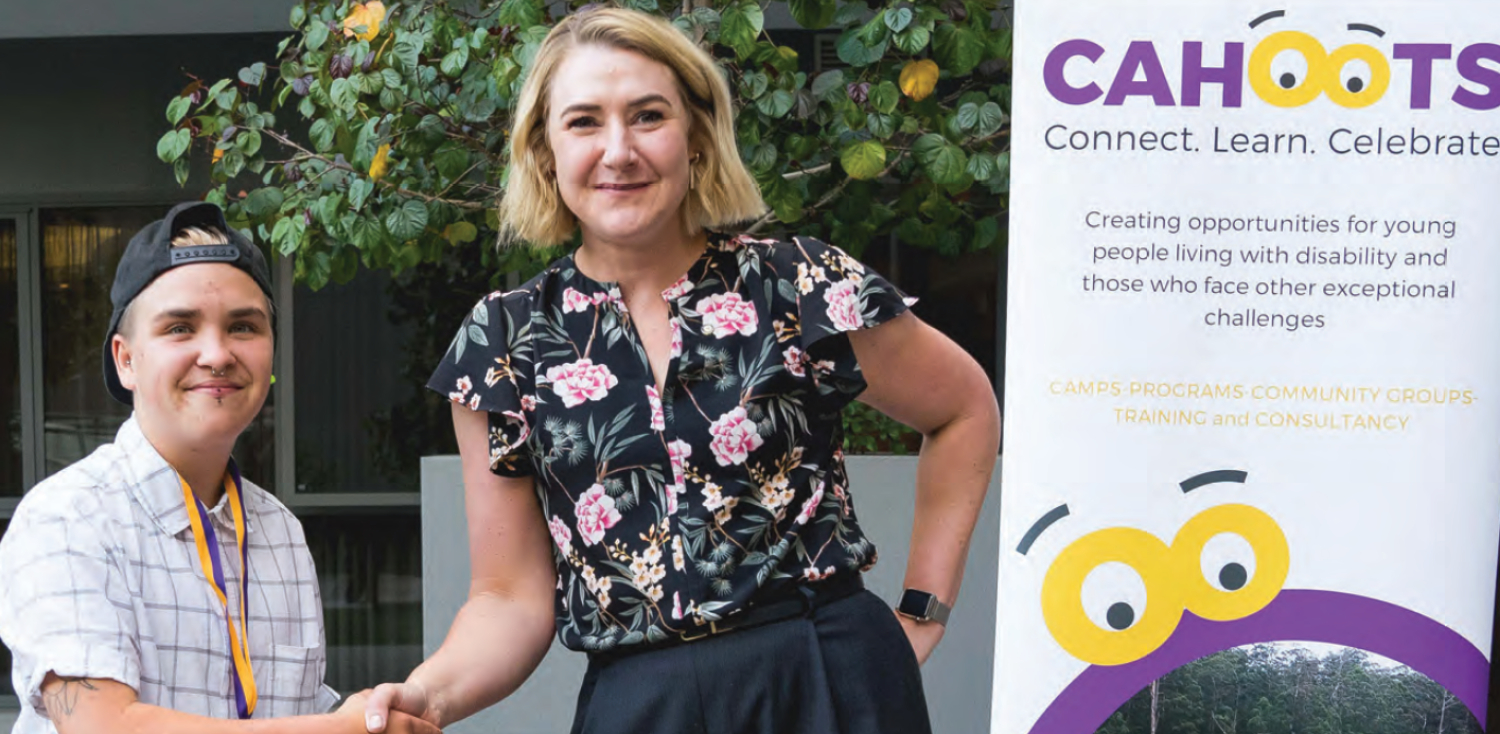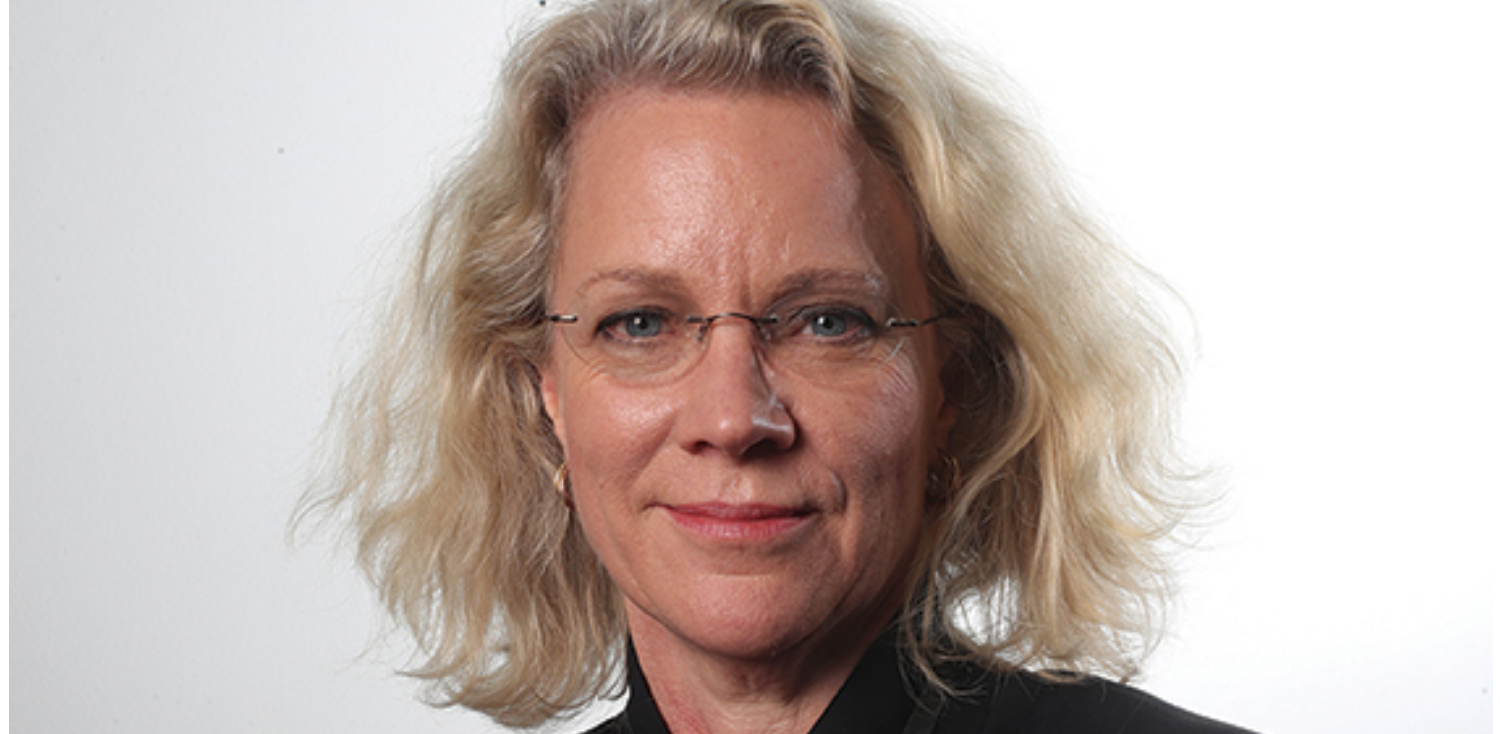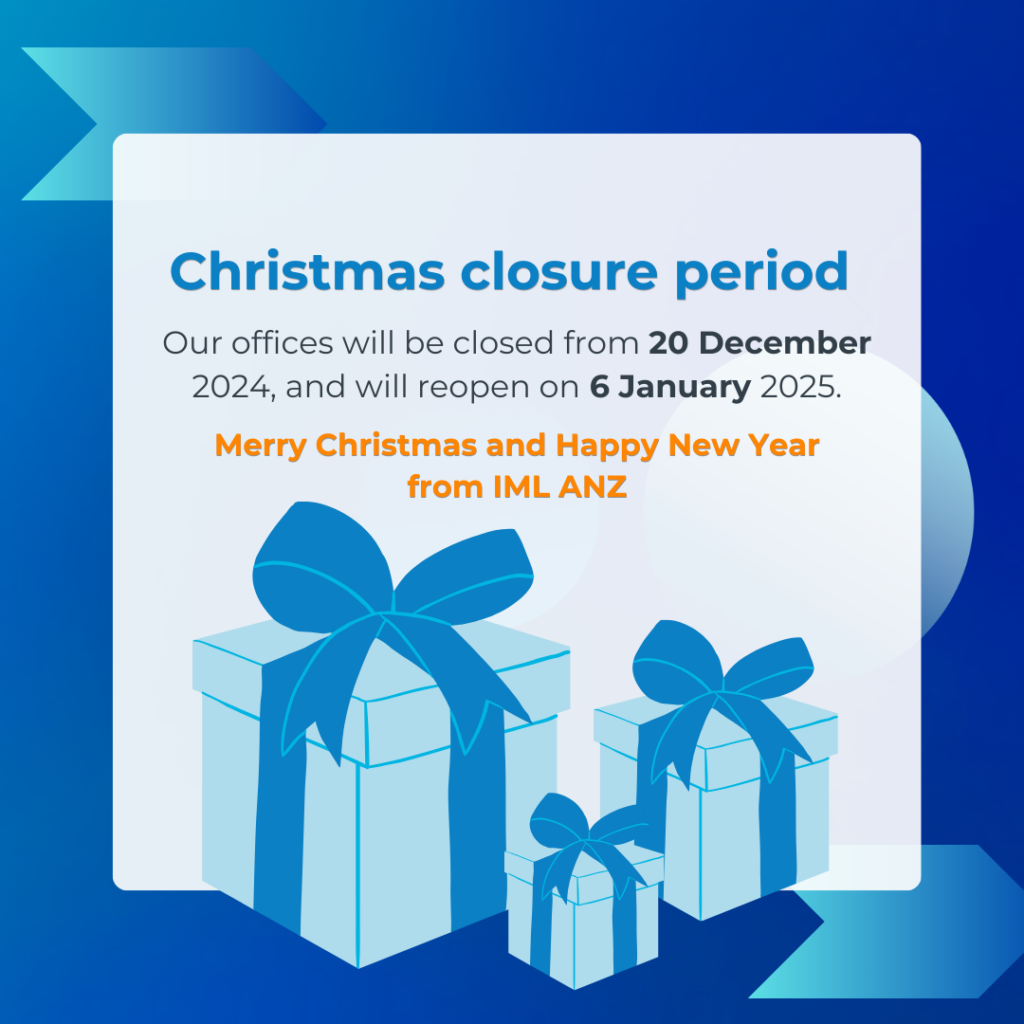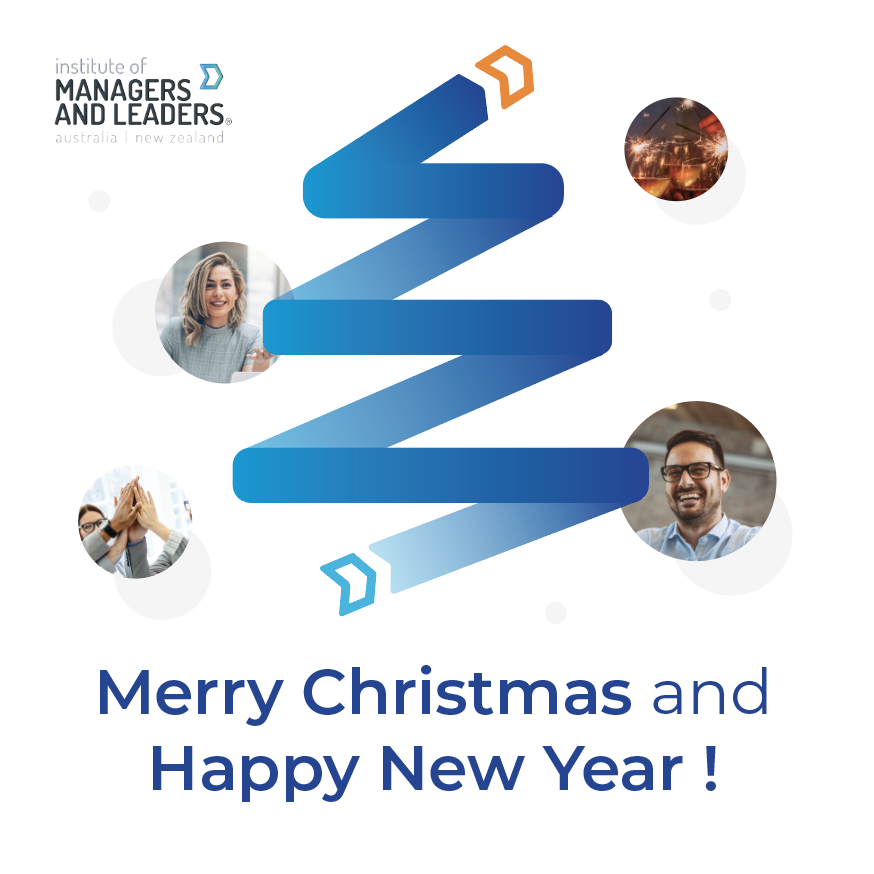By Anthony O’Brien
By any estimate, a camping organisation that increases its annual number of camping experiences from 20 in 2015 to 50 three years later has enjoyed phenomenal business growth. IML ANZ Corporate Member organisation Cahoots achieved this stunning business growth and for its achievements earned the 2018 Sir John Storey Catalyst Award for Business Innovation.
The mission-driven, profit-for-purpose organisation Cahoots, and its team of 20 carers, manage a variety of weekly programs, training, and camps throughout the year, catering to children and young people of all abilities. However, in truth, Cahoots’ achievements extend beyond camp numbers. In 2016, Cahoots, formerly known as Kids Camps Incorporated supported 150 families in Western Australia. Today, the registered NDIS provider assists 600 families annually. It also provides disability consultancy and training services to the corporate and government sectors.
Moreover, Cahoots has been able to evolve and thrive in an environment where large numbers of NDIS providers are struggling to remain solvent. Almost one in three (28%) of organisations reported operating at a loss, according to the latest State of the Disability Sector Report from the National Disability Services (NDS), Australia’s peak body for non-government disability service organisations. Of the 44% who made a profit, many said this wasn’t meaningful in relation to CPI.
Cahoots, says CEO Jess Karlsson, has achieved its success by developing new and purpose-aligned revenue streams to create income through fees for services. This income is reinvested in the children, young people and families supported by Cahoots.
“Our mission is to provide opportunities for children and young people with disability and other exceptional challenges, with friendship, skills, and confidence. Moreover, our tagline is ‘connect, learn, celebrate’. So, we break down everything we do into those three words and connect people by bringing them together in camps and programs,” explains Karlsson.
Cahoots also caters to people without disabilities. “We consider ourselves an inclusive recreation and camping organisation, as opposed to a disability service provider. We run some family and carer camps as well.”
Karlsson continues, “We spent much time working on our strategy and realised that disability doesn’t have the same definition. So, a person with a disability isn’t just a person sitting in a wheelchair or isn’t just a person who’s got autism. It’s a lot of people – there’s learning difficulties, social anxiety, or depression. Mental health concerns. People who have trouble socialising.
“We also came to the point where anybody who would experience a challenge accessing the community, or has got some social barrier, those are the people we want to support. This also includes siblings of people with disability. It does include carers and yes, many, many people.”
INNOVATING FOR CHANGE
While Cahoots is ramping up its camp and program activities, the Perth-based NDIS provider wasn’t always such an award-winning success. When Karlsson, who has a Bachelor of Applied Science from Central Queensland University and various business diplomas from the UNSW Business School, arrived at the organisation in 2015, it only had two staff members and was offering a fraction of the camps it organises today. Karlsson, also a former CEO of the YMCA of Central Australia based in the Northern Territory, says, “The board recruited me specifically because of my background and commercial knowledge of the broader nonprofit sector and possible funding models.”
Following Karlsson’s appointment, she spent a year with the board on strategic planning, figuring out what Kids Camp Incorporated wanted to be. This process included much consultation with members, staff and volunteers, and the collaboration resulted in the name change to Cahoots, announced in February 2017.
“The traditional meaning of cahoots is about collaboration and working together,” explains Karlsson. “Our mission is about bringing people together. Whether it’s people with disability, or children, or Aboriginal families, or corporate groups, it’s all about just that kind of sense of teamwork, and cahoots is a word that goes with anything. So, it could be Cahoots Consultancy, Cahoots Camps, Cahoots Childcare. Using Cahoots just gave us more commercial opportunities.”
SURVIVING AND THRIVING
As mentioned earlier, many NDIS providers are struggling to remain solvent at present. Karlsson believes Cahoots is blossoming in the post-NDIS environment for several reasons. “The fact that we are small has given us the opportunity to build an organisation from the ground up, as opposed to tearing one down.”
The NDS State of the Disability Sector Report 2018 found significant merger activity in the disability sector, with almost three out of 10 organisations saying they had held merger discussions over the past 12 months, mainly to improve efficiency and broaden services. Thirteen per cent discussed winding up in 2018.
Karlsson continues, “Many organisations in the disability sector are known for having reasonably high overheads, and quite a lot of middle management. We’re really lean. As the CEO for example, I was doing things like creating Facebook pages and updating social media. For at least the first year it was me, with only two staff members, who did everything in the organisation.” In other words, the early days of Cahoots mirrored a small business start-up. Karlsson also relied heavily on the theories of management and business guru, Michael Porter.
“Porter talks about strategy being either everything for a very small target market or doing one thing for a large target market,” says Karlsson. “Camping is our core business. We do a few things around it, but camping is what we do. Moreover, we can do that for a large target market whereas most disability organisations tend to go for the opposite strategy, which is to do everything for a small target market. So, all of their revenue is dependent on NDIS funding.”
In contrast, Cahoots has a diversified revenue stream, separate from camping experiences, which includes training and consultancy services to businesses, other non-profits and government organisations. “We show businesses how they can become more accessible and inclusive. Moreover, we’ve had some big wins doing that. We’re expanding that area.” Some of Cahoots clients include Bankwest, the City of Perth, WA’s most significant local government area, as well as other local councils.
If like me, you’re wondering what consultancy and training services Cahoots would offer Bankwest or the City of Perth, Karlsson good-naturedly explains it doesn’t involve instructing bank tellers or council workers about ways to assemble camp tents. “We talk about disability standards and building codes and so on. However, it’s more about giving people hands-on experience about what it feels like to be excluded or have a disability. So, putting people in wheelchairs, or giving people visual glasses that replicate having vision impairment. It gives people the opportunity to know what it feels like to have an impairment, and build their empathy, resulting in a more inclusive business.”
Cahoots also partners with several organisations wanting to offer occasional camps for their clients, which are known as coordinated or ‘contracted camps’. “This is a significant part of our business model and allows for activities and outcomes to be directed by a client organisation, with Cahoots managing logistics, staffing and risks associated with camp delivery,” explains Karlsson.
RECOGNITION AND AFFIRMATION
Winning the Sir John Storey Catalyst Award for Business Innovation has proven to be very positive for the team at Cahoots. Karlsson, who recently began studying for IML ANZ’s Chartered Manager (CMgr) designation says the award is a very positive acknowledgment. “It’s good to receive a recognition that we are doing well from an external, accredited peak body such as IML ANZ.
“It’s also good to receive recognition from someone else because we think, internally, we’re doing pretty well. However, it’s good to receive that affirmation, and it also is a great opportunity to continue to develop our staff. There is a handful of our staff who are going to do the professional development that’s available through IML ANZ.”
Karlsson believes Cahoots won the Sir John Storey Catalyst Award for Business Innovation for “its ability to innovate its way through the NDIS, where others are having to go through acquisitions and shutting down”.
“Many organisations are making big, big groups of people redundant. However, we can’t even keep up with recruitment. We’re constantly hiring,” she confirms.
At the same time, Cahoots is heavily focused on staff retention and development, which in combination are major contributors to the NDIS provider’s business success. Karlsson explains, “We’ve done much development with the staff, and we’re generous. We spend about 5% of our overall expense budget on staff development when many companies would spend closer to 1%.”
Cahoots staff are offered interstate exchanges and an annual leadership camp focused on skills development. There are internal workshops for business planning, communication, and sessions devoted to organisational culture. “We did much work on our culture in 2018 and fixed a few problems. A key part of the strategy when it comes to culture and cultivating business acumen has been our decision to recruit from outside the disability sector.
“We’ve got people with backgrounds in early education, recreation, business management, government and who have a diverse range of qualifications,” says Karlsson. “We’ve got a librarian as our office manager, who is very organised, and a fantastically inclusive teacher as a volunteer coordinator. We look for those personal qualities and always consider what type of person we need for a role, and then employ or recruit accordingly.”
A LOT MORE THAN MONEY
Working with IML ANZ provides Cahoots with the opportunity to increase the profile of the organisation and the profile of the disability sector. “In community services, whether the organisation is working with a disability or young people, it’s essential that businesses and larger organisations understand what we’re doing, and there are opportunities by working with us and things that we can learn from each other,” contends Karlsson.
“Sometimes large organisations or corporates might think charities don’t know what they’re doing, and that’s why they never have any money. However, it’s not that at all. There’s a lot of brilliant people working in charities because they believe in the purpose.”
Finally, Karlsson advises a manager or leader considering a career in community services to “let go of your salary expectations”.
“Rather, think about the richness that can be added to your life as opposed to how rich you can become financially.” She continues, “I know there’s no reward financially that would take me out of Cahoots right now. I am surrounded by amazing people who share my commitment to our mission, and I don’t think that you can pay for that.”
This article originally appeared in the June 2019 edition of Leadership Matters, IML ANZ’s quarterly magazine. For editorial suggestions and enquiries, please contact karyl.estrella@managersandleaders.com.au.
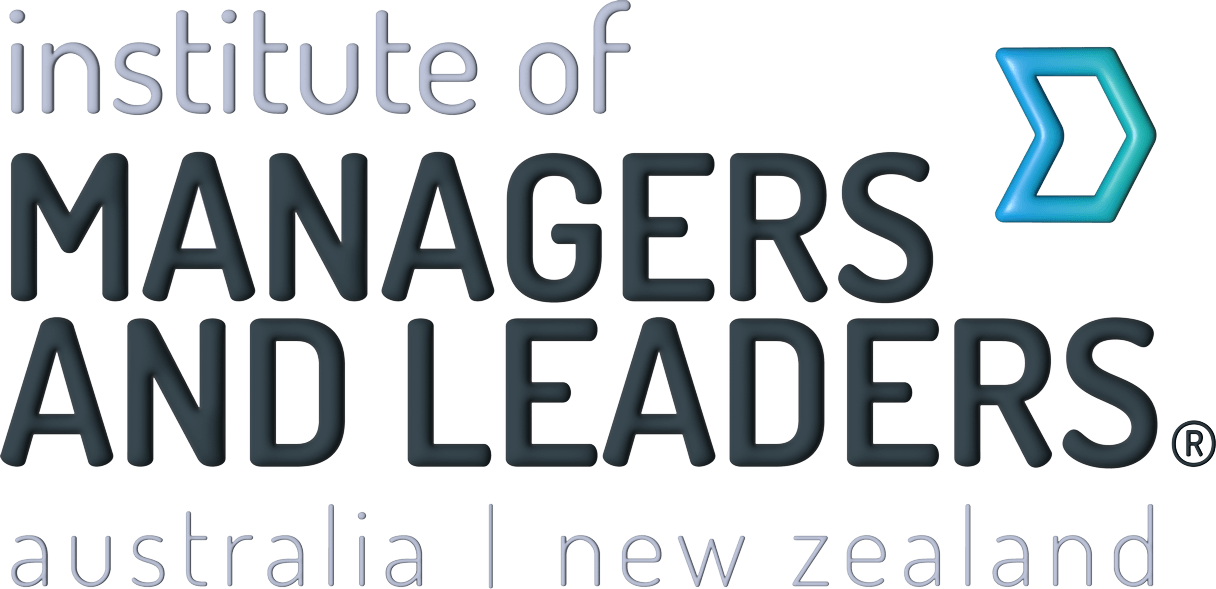
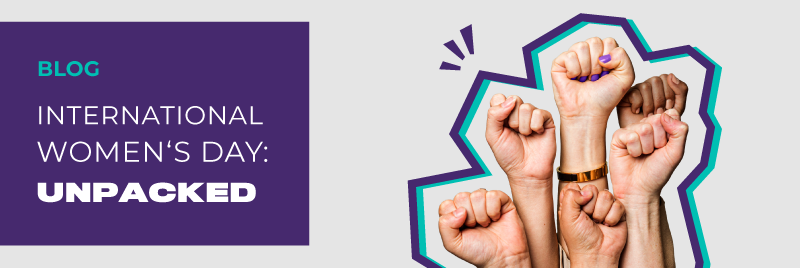
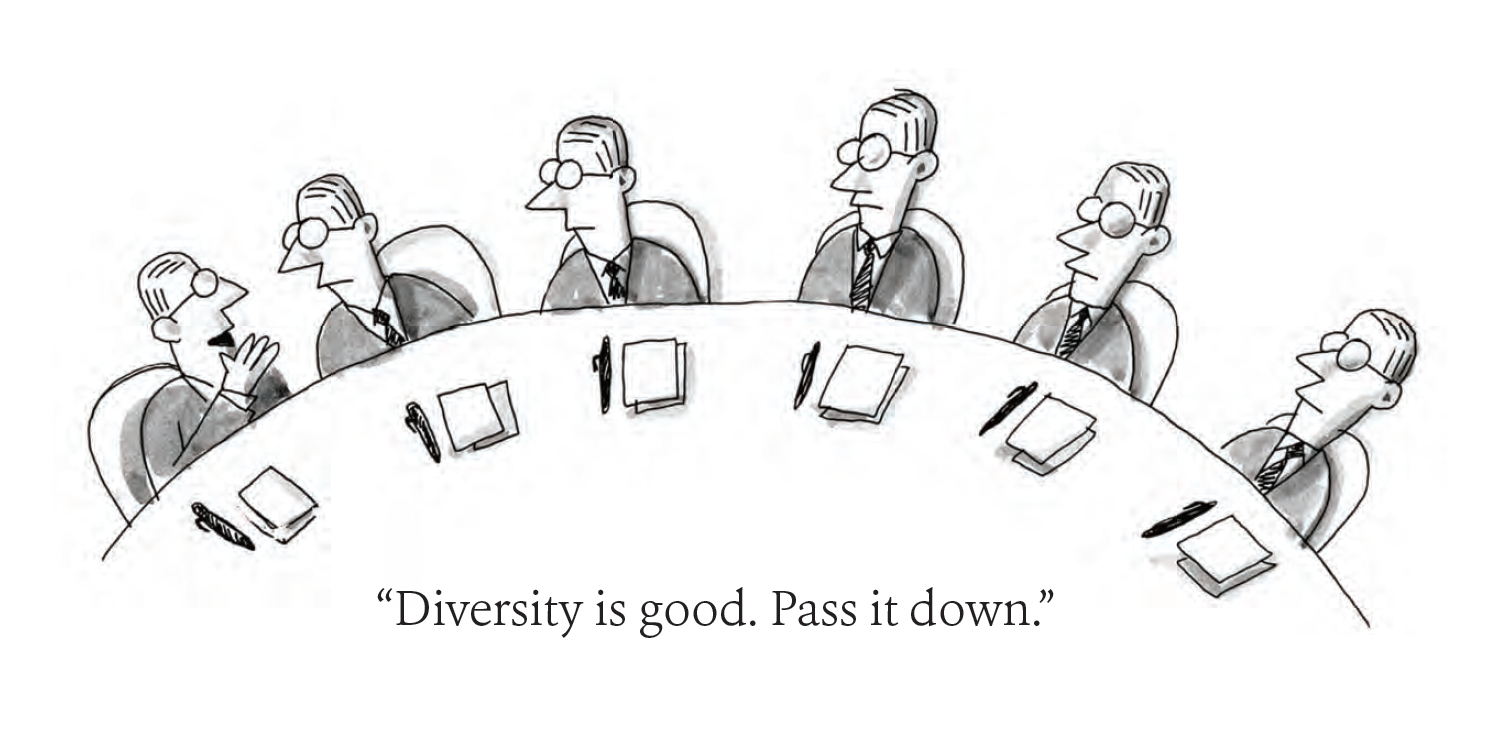
 “It has its roots in primitive, tribal times,” explains
“It has its roots in primitive, tribal times,” explains 
 One strategy for this is presented by author Daniel Kahneman in his book Thinking, Fast and Slow. He differentiates between what he calls ‘system 1’ thinking, which is automatic and habitual; and ‘system 2’ thinking, which is slower and more deliberate. Each has its value but ‘system 2’ thinking delivers more considered outcomes and provides a way to get away from the trap of first impressions through self-awareness and reflection. Edwards has had success with a ‘perspectives’ exercise which invites people to consider how their beliefs and opinions were formed. This can cover areas such as values from parents and elders, religious and cultural upbringing, socio-economic status, and the political beliefs of influencers.
One strategy for this is presented by author Daniel Kahneman in his book Thinking, Fast and Slow. He differentiates between what he calls ‘system 1’ thinking, which is automatic and habitual; and ‘system 2’ thinking, which is slower and more deliberate. Each has its value but ‘system 2’ thinking delivers more considered outcomes and provides a way to get away from the trap of first impressions through self-awareness and reflection. Edwards has had success with a ‘perspectives’ exercise which invites people to consider how their beliefs and opinions were formed. This can cover areas such as values from parents and elders, religious and cultural upbringing, socio-economic status, and the political beliefs of influencers.





